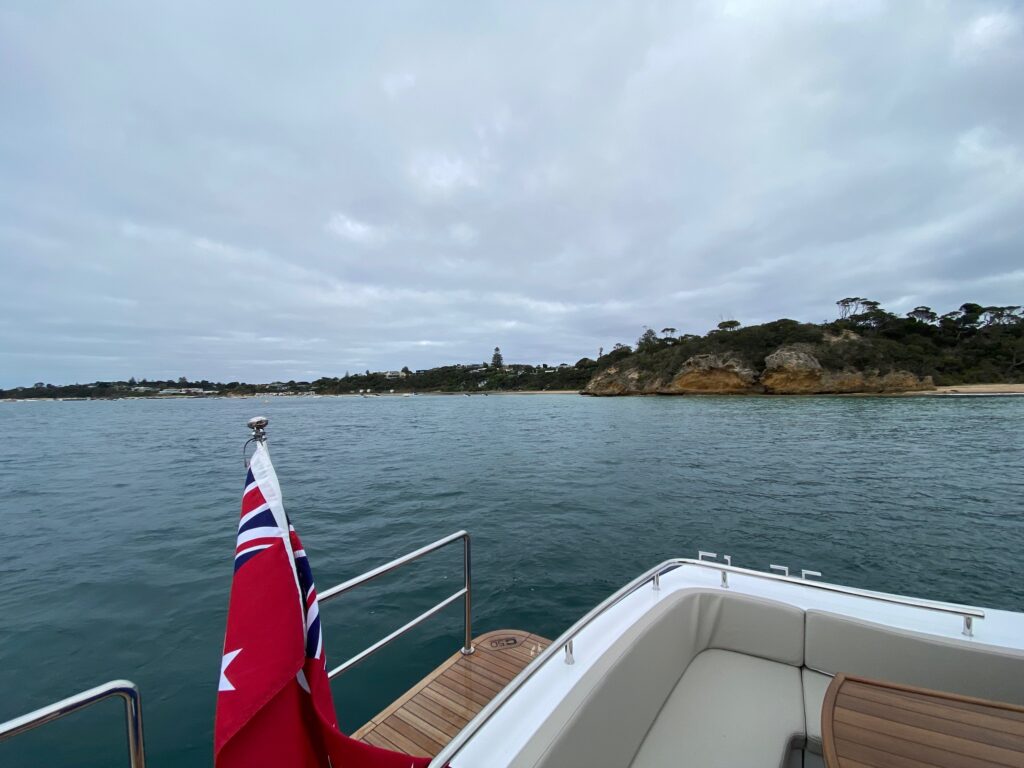Ned Talks – Advanced Courses – Heavy Weather

Mastering Heavy Weather Boating: Essential Skills for Choppy Waters
Going out on a choppy day can be daunting, but it’s crucial to know how to handle your boat in rough weather for both safety and comfort. Even if you never plan to go out on a choppy day, weather conditions can change unexpectedly, turning calm waters into challenging waves.
Why Practice Heavy Weather Boating?
While you may prefer smooth sailing, it’s essential to be prepared for sudden weather changes. Knowing how to navigate choppy waters ensures the safety of your boat and the comfort of everyone on board.
Key Skills for Driving in Choppy Weather
Driving in choppy weather requires specific skills. Many boaters instinctively slow down, hoping for a more comfortable ride. However, if your boat is a planing boat, slowing down too much can cause it to displace water incorrectly, leading to a rough and uncomfortable experience.
Understanding Hull Shapes and Their Impact
Different hull shapes handle choppy waters in various ways. Below is two hull types and how they differ:
- Deep-V Hulls: Known for their ability to cut through waves, deep-V hulls offer a smoother ride in rough waters. Their sharp angle helps to slice through chop, reducing the impact and minimizing the amount of water that splashes over the bow.
- Flat-Bottom Hulls: These hulls provide great stability in calm waters but can lead to a jarring ride in choppy conditions. Flat-bottom boats tend to slam against waves rather than cutting through them, which can be uncomfortable for passengers.
Client Story: Handling Unexpected Chop
I recall calling one of my clients to check on him during a day trip from Docklands to Martha Cove. Halfway down the Bay, the wind changed direction and picked up speed, creating short, sharp chop on the water. When I called, he had arrived in Martha Cove, but his wife and two kids were feeling seasick, and he was unsure how they would get back.
Fortunately, I was nearby, so I joined him on board to provide some training on driving in chop. After organizing for his family to return home by road, we went out to practice. Initially, his chosen speed was about 5 knots too slow, causing the boat to rock and slap on the water. By adjusting the speed and a few other settings, we managed to get the vessel moving more smoothly through the water.
Side note – this client now has an ARG Stabiliser installed in his boat which has completely changed the way it rides in choppy waters – so he no longer has to worry so much about slight weather changes. His family is very happy about this!
Training Focus: Throttle Control and Low Planing
In our advanced courses, we teach you how to use your throttles effectively and maintain a low planing speed. This promotes stability, ensuring a smoother ride and prolonging the lifespan of your boat. Proper handling in choppy weather is not only safer but also enhances the comfort of both the skipper and passengers.
Conclusion
Mastering heavy weather boating is essential for every boater. By learning how to navigate choppy waters confidently, you can ensure the safety and comfort of your crew and make the most of every boating adventure. Join our advanced courses to develop the skills you need to handle any weather condition.
BOATING SERVICES

Boating Instruction
Boat handling courses so you can boat with confidence.

Skipper Services
Hire a skipper and relax with family and friends.

Purchase Advice
Find the ideal balance and boat for you

Boat Restoration & Project Management
From minor repairs to major works
